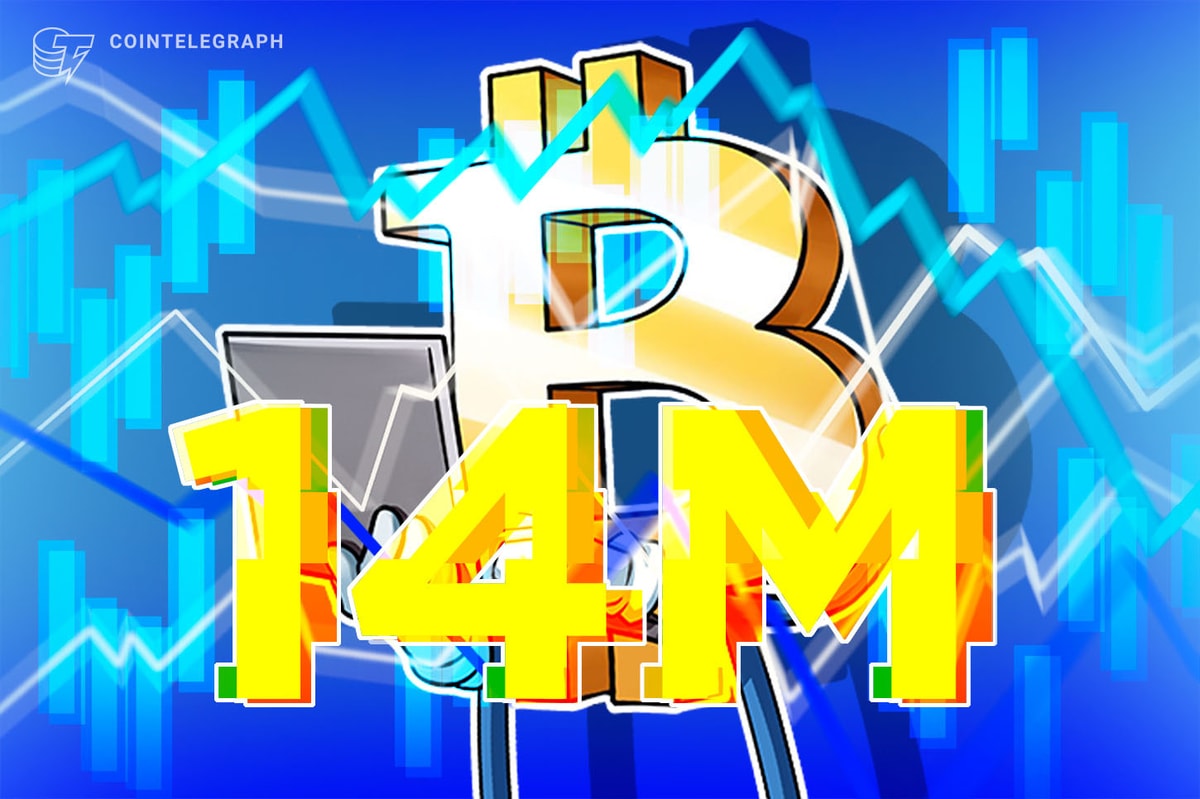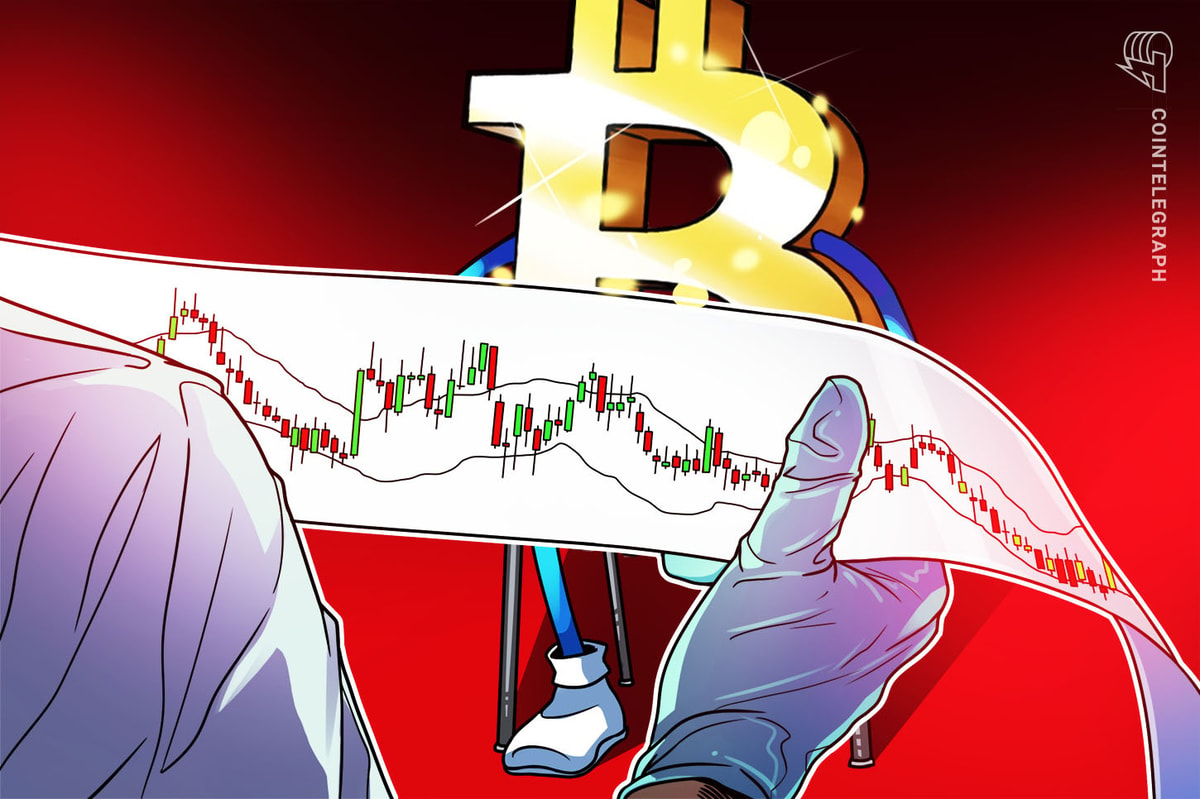
Although the scaling and block size debate continues, this week the bigger focus has been on the halting of withdrawals and deposits of USD from various bitcoin exchanges, most notably Bitfinex and OKCoin. Many of the exchanges are still able to process USD, but are having a harder and harder time doing so due to an unfriendly regulatory milieu. Further explanation and breakdown of the restrictions can be found here.
Despite all of this, the bitcoin price has continued to rise this week with divergences in price among all the USD exchanges.

At present, there is a $57 differential between Bitfinex and Bitstamp, which is unusually high. Normally, large price differences are smoothed over through arbitraging, when an asset is bought or sold on one exchange and bought or sold on another exchange for profit. When arbitraging does not occur, or is unable to equalize the price, there is likely an artificial supply or demand bottleneck accounting for the differential.
Knowing that Bitfinex is having trouble processing USD means that in order to leave the exchange, you must first buy a digital currency and move the money off. For most people, this is just easier than dealing with the current USD restrictions.
Although it’s unlikely the bullish move is entirely due to users exiting the exchange, it likely plays a role and may partly explain why Bitfinex’s price is so much higher than the other exchanges.
The other unknown is why Bitstamp’s price is running so much lower than all the other exchanges. GDAX, a regulated U.S. bitcoin, ether and litecoin exchange, probably has the fewest USD supply/demand variables because of the ease with which they are able to process USD. If USD held per exchange was viewable, this would help assuage the concerns that exchanges may choose to halt the USD trading pairs entirely, but this metric is likely not available to the public.
All of this occurs in a Core vs. Unlimited stalemate. Miner and node support has remained essentially unchanged since last week. Node support for the SegWit user-activated soft fork (UASF) has remained unchanged as well.



On higher time frames, the USD exchanges are currently showing a bullish MACD (moving average convergence divergence) cross on the histogram, which has historically been a bullish entry signal in the current trend.

Bitfinex

BTC-e

GDAX

Bitstamp
MACD is a momentum oscillator, similar to RSI (relative strength index). The MACD histogram measures the distance between the MACD line (blue) and the signal line (white). Since the trend began in 2015, these lines have essentially stayed above 0 and have crossed and recrossed several times. Prior crosses on Bitfinex have yielded the following from cross to price peak:
09/25/15 — +115 percent
11/14/15 — +45 percent
02/02/16 — 0 percent
04/13/16 — +12 percent
05/25/16 — +76 percent
09/07/16 — 0 percent
09/28/16 — +93 percent
02/01/17 — +36 percent
Average — +47 percent
Even with a high time frame MACD cross, price remains range bound until it is able to break the previous ATH.

There are two potentially active bullish chart patterns, the cup and handle and the inverted head and shoulders, with measured moves of ~$1,550–1,600.


The shapes of both patterns are admittedly far from textbook but follow all the necessary rules of the patterns, mainly a descending volume profile. Expect a large spike in bullish volume once price breaks the horizontal resistance to confirm the breakout for both patterns.
Lastly, like it or not, the price of gold remains a very real resistance target for bitcoin.

Summary
- Several Bitcoin exchanges have halted USD deposits and withdrawals but are still processing digital currency as normal. These exchanges also have other avenues to deposit and withdraw in several other currencies.
- Miner and node support for both SegWit and Bitcoin Unlimited (BTU) has remained largely unchanged since last week.
- A high time frame momentum oscillator has turned bullish. The average yield for this has been 47 percent since the beginning of the trend in 2015.
- A confirmation of two bullish chart patterns with a high volume breakout above horizontal resistance will suggest a target of $1,550–1,590 in the coming weeks.










